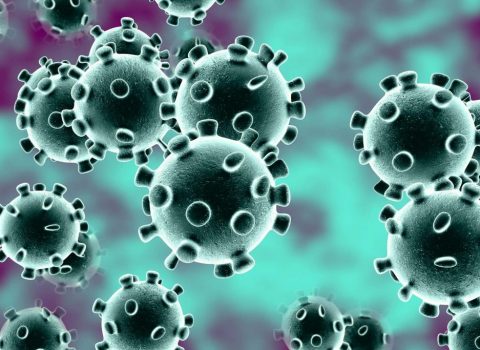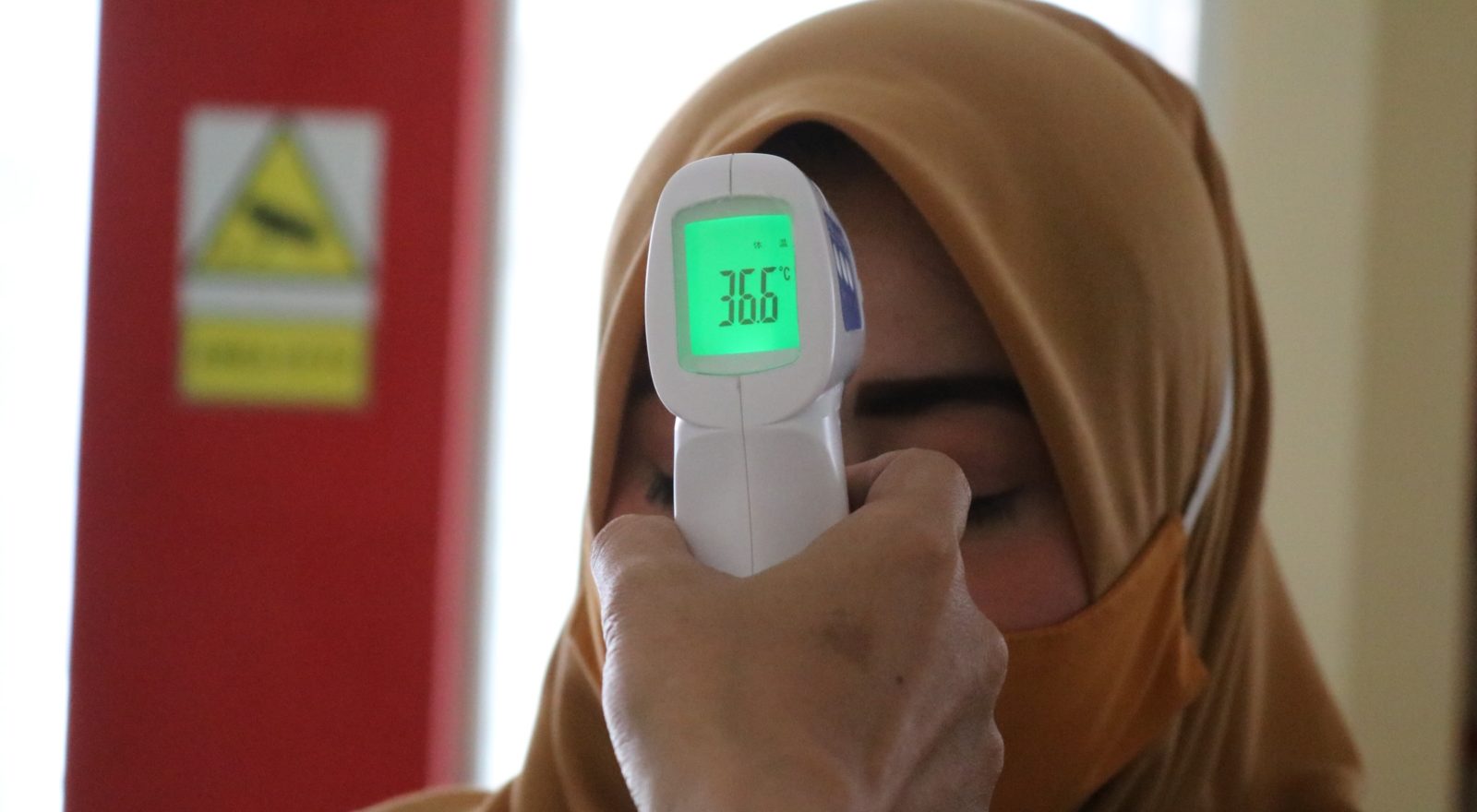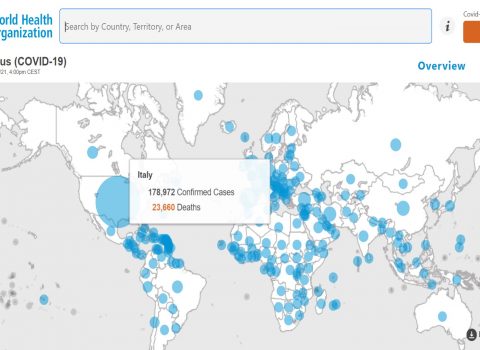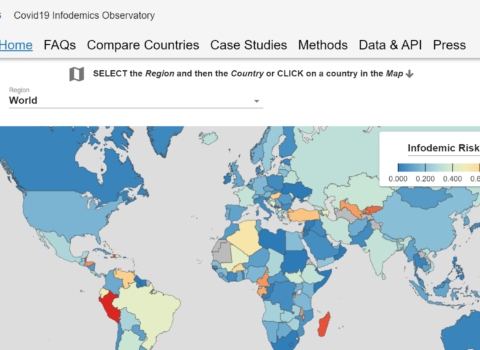
The COVID-19 symptomatic ratio
Age-specific likelihood of developing symptoms and of progressing to critical disease after SARS-CoV-2 infection
A new epidemiological study of the Bruno Kessler Foundation of Trento, published on JAMA Network Open, quantified the age- and sex-specific likelihood of developing respiratory symptoms or fever ≥37.5 °C after SARS-CoV-2 infection.
The study – the first author of which is Piero Poletti of the Health Emergencies Center of FBK led by Stefano Merler – also provides estimates of the probability of progressing to critical disease, i.e. of requiring admission to an intensive care unit or resulting in death.
The innovative contribution of this study is that the authors, estimated probabilities on infections, not on cases, incluing only subjects from clusters of contacts where all individuals were tested against infection, either via RT-PCR or IgG serological screening.
This cohort study analyzed 5484 quarantined case contacts, identified between February 20 and April 16, 2020, in the Lombardy region of Italy. Contacts were monitored daily for symptoms (min. 14 days after exposure) and for severe outcomes (min. 1 month).
Solid estimates of the risk of developing symptoms and of progressing to critical disease in individuals infected with SARS-CoV-2 are key to interpreting coronavirus disease 2019 (COVID-19) dynamics, identifying the settings and the segments of the population where transmission is more likely to remain undetected.
The proportion of infected persons who developed symptoms ranged from 18 % among participants younger than 20 years to 65% for those aged 80 years or older. Only 26% of infected individuals younger than 60 years developed respiratory symptoms or fever ≥37.5 °C; among infected participants older than 60 years, 6.6% developed critical disease. Female patients were 53% less likely than male patients to develop critical disease after SARS-CoV-2 infection.
The very low fraction of children and young adults that developed symptoms highlights challenges in readily identifying and controlling potential SARS-CoV-2 outbreaks with a symptom-based surveillance.
The study was conducted in collaboration with the Directorate General for Health of the Lombardy Region, the Department of Biomedical Sciences for Health, University of Milan, the Bocconi University and the Indiana University School of Public Health di Bloomington.

[Cover by Mufid Majnun on Unsplash]





